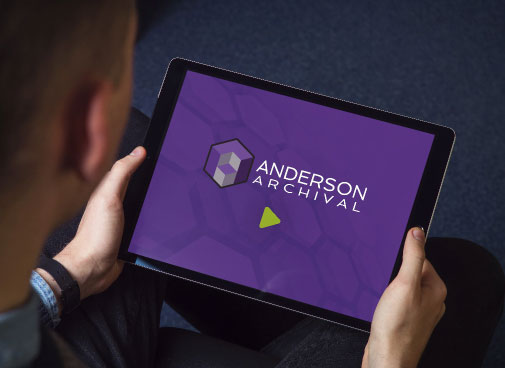Threads of Connection: An Interview with Mark Anderson
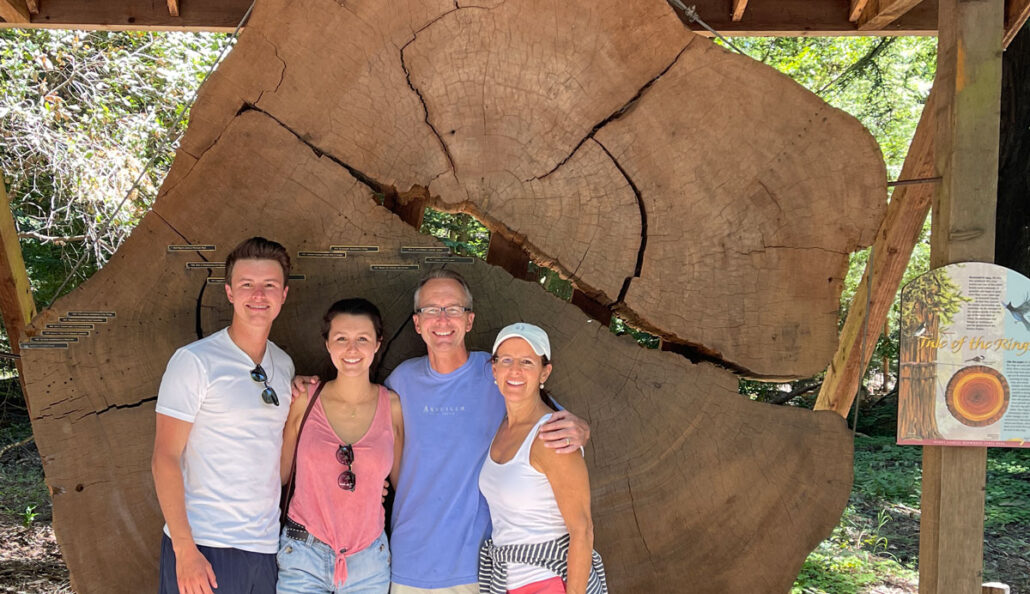
by Marcia Spicer In the busyness of our daily routines, it isn’t often that I get to sit down with one of Anderson Archival’s Founding Principals Mark Anderson. But we recently met to discuss our clients, favorite solutions, and what makes history so important to the present. Mark, thanks for taking some time to chat! […]
The Journey to Digitization

by Marcia Spicer Last weekend, my family was invited to dinner at a restaurant. Shortly after food was served, my youngest began melting down. Then, earlier this morning, I had to reschedule a meeting with a potential client. When we made the plans, everything looked great, then life happened. Just like planning a meeting or […]
The Magic of Digital Restoration . . . Hint: It’s Not Magic
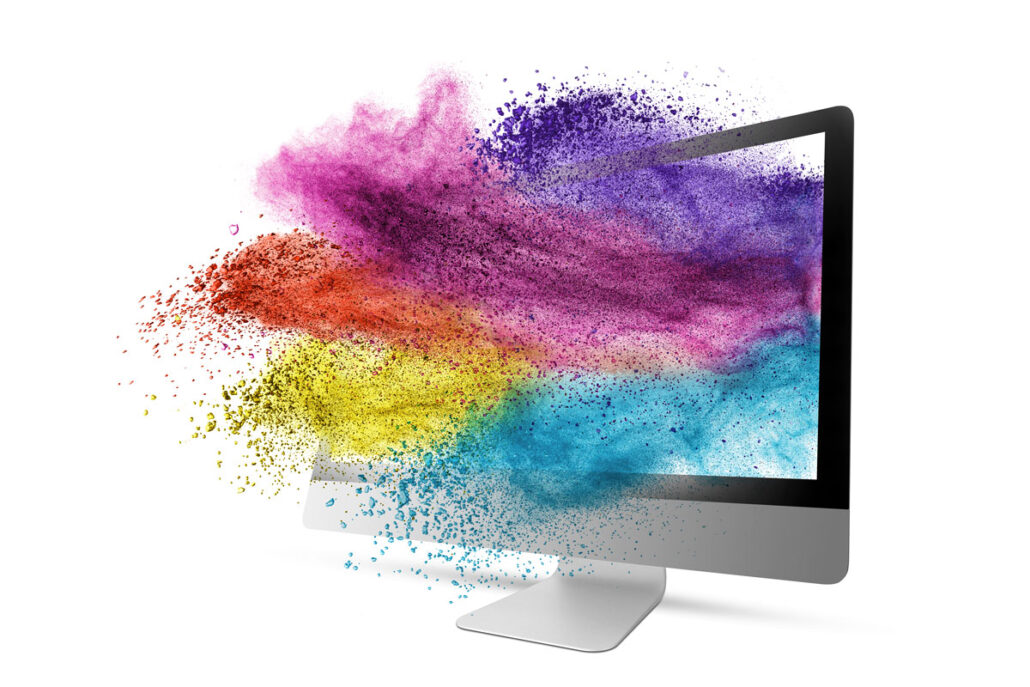
by Shana Scott If you watch police procedurals like I do, then you’ve seen the most grainy and blurry photos and videos magically render themselves back together thanks to digital restoration. Like many things on TV, the reality of digital restoration doesn’t match. There are limits to what can be enhanced or restored using digital […]
Putting a Price on Peace of Mind

by Marcia Spicer No one likes to talk about cost, especially not the ones sending the bill. In the world of digitization, pricing without context can be a deciding factor for many clients, and it is understandably one of the first questions we field. However, digitization is much more than simply scanning a document. […]
Copyright and Your Digital Collection
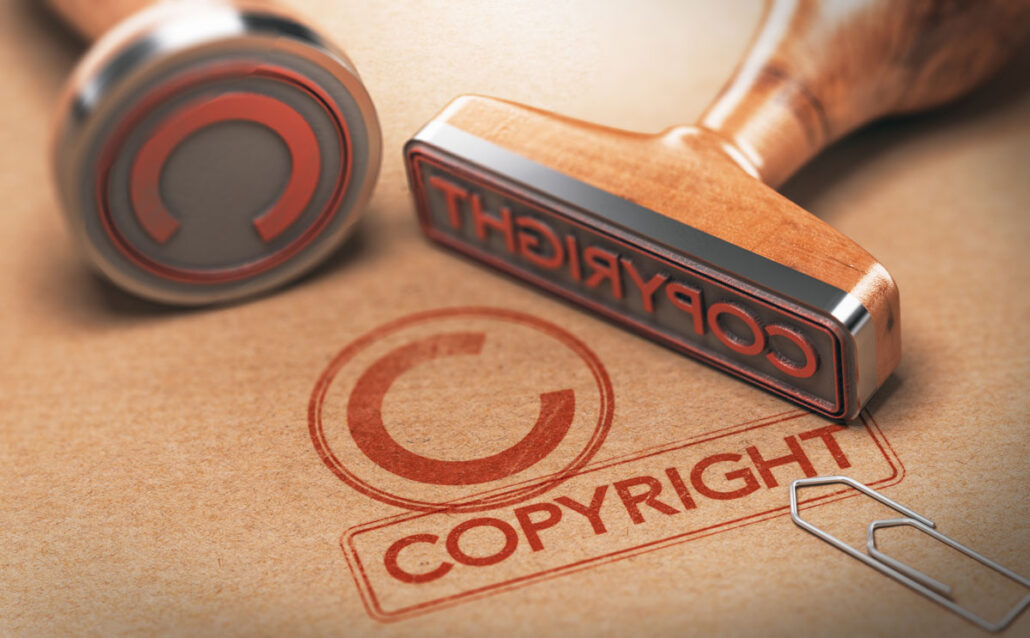
by Marcia Spicer Anderson Archival are not lawyers, nor should this explainer constitute legal advice. Outside of the publishing world, copyright isn’t always a topic that comes up with any frequency. For many archives and collection owners, what they don’t know scares them. Are you suddenly faced with confusing questions of copyright, legality, and access? […]
Repairing Gaps in History
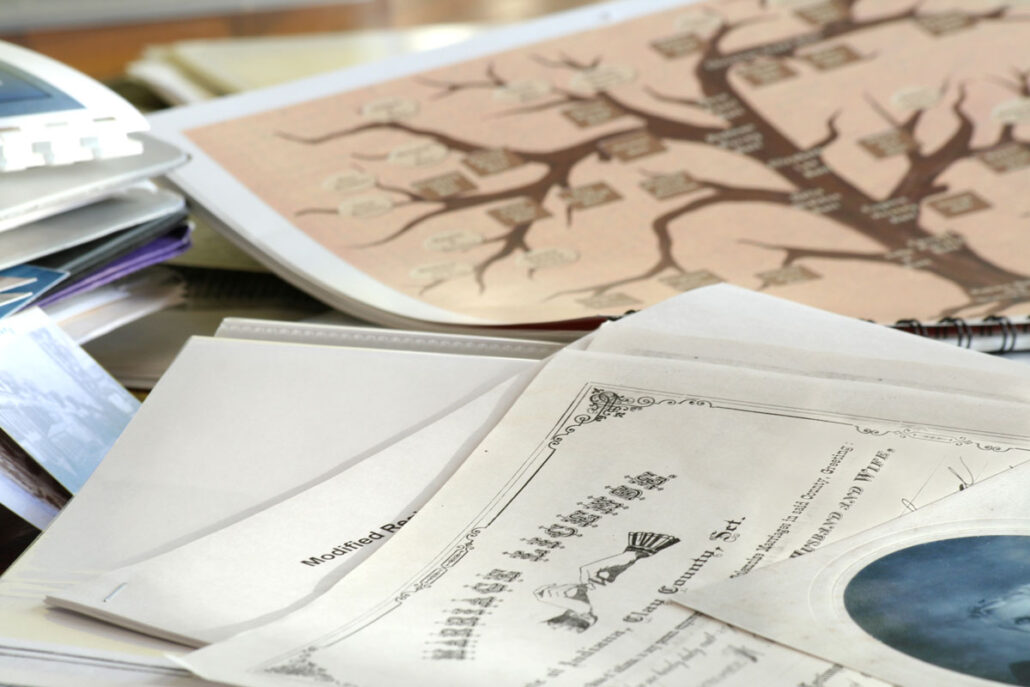
Anyone who’s dabbled in genealogy knows the frustration of trying to find information many generations back, but African Americans seeking information on their ancestors have unique problems. Those who trace their roots back to enslaved people often struggle to find any records or even names to continue their search. Director Marybeth Niederkorn of the Cape […]
Digging into Cemetery Records
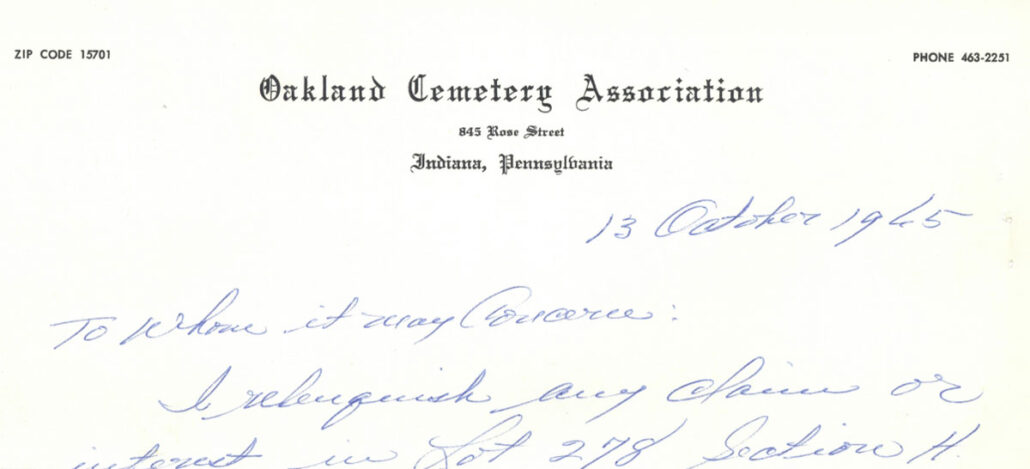
How do organizations decide to digitize regularly used collections? Infrastructural organizations like libraries, hospitals, schools, churches, and nonprofits rely on accurate, accessible records. Putting collections of essential records to the side for processing isn’t always feasible, and digitization isn’t fast when done correctly. Once an organization moves forward with digitizing their collection, decision makers often […]
What’s the Easiest Way to Lose a Collection?

That question seems counter-intuitive, doesn’t it? In fact, most people who come to Anderson Archival are looking for the exact opposite—the easiest and best way to preserve their collection for the long haul. But if most collection-owners really want to preserve their collections, keep them safe, and make them available to share, why do so […]
Everlasting Ti Amo – Italian Love Letters Preserved
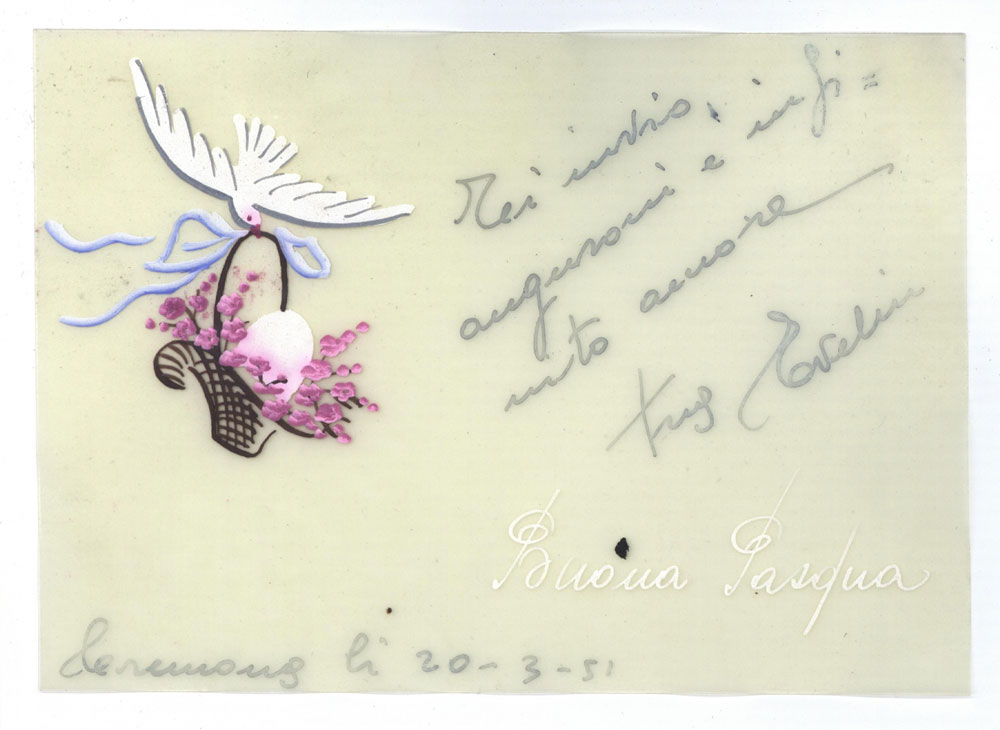
These days, some might consider letter writing an outdated form of communication or even a lost art. But at a time when one couldn’t simply send a text or email to a faraway love, these collections are a testament to everlasting human relationships. Correspondence has the ability to tell a story, and a collection of letters can […]
Beyond Image Capture
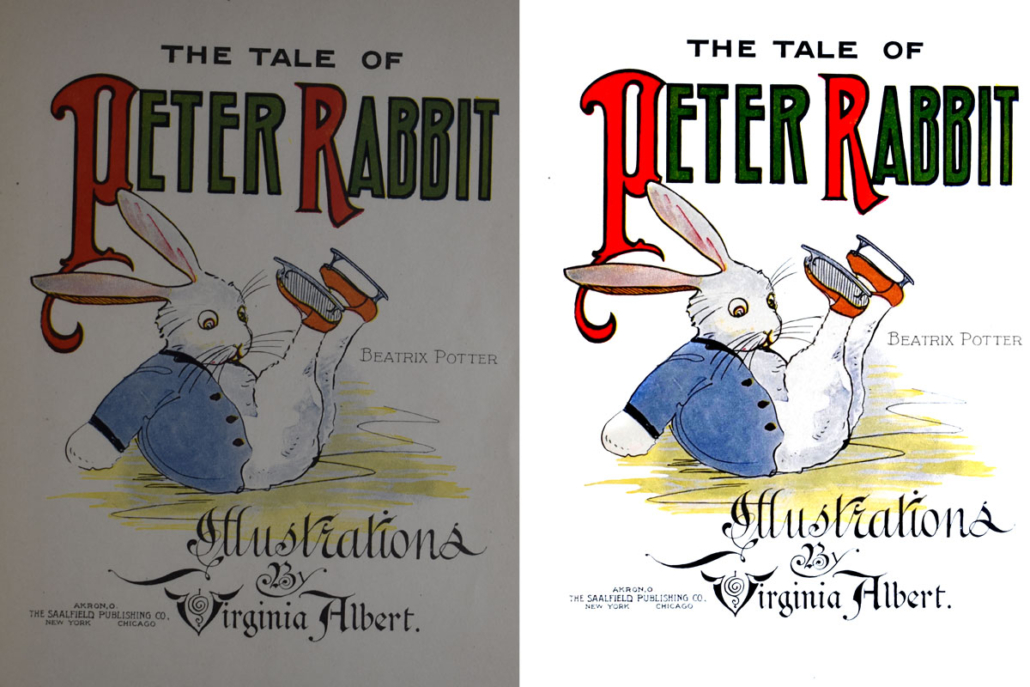
In the realm of preservation, it’s essential that a digital file—a digital representation of the original object—accurately captures the current state of a physical object. The image file should effectively serve as a placeholder, an equivalent representation to the original object. That, along with secure storage and access, make up the field of digital preservation. […]



